I guess this is me trying to get in on the potential viral gravy train this article by Robert Kawasaki has ignited. However, I’ll spare you the “I was here before you, so I know best” lecture. I’ll also spare you the whole “Why I love drifting” speech. Saying these things might prove character, but they also detract from the point I’m trying to make.
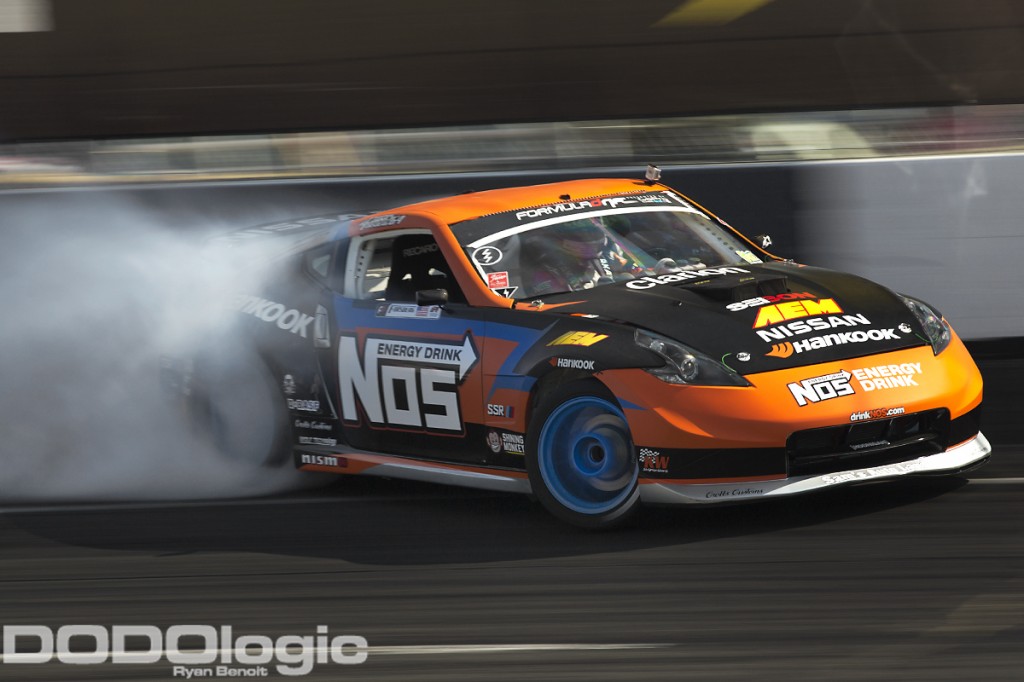 I’ve had the chance to cover both professional and grassroots events. If you talked to me a few years ago, you’d have found a strong Formula Drift advocate. All I ever wanted to do was follow the circuit as a member of the media, but all I could afford was one event a year. So once a year I’d pack up my gear and make believe for a weekend. Aside from those few days watching what I thought was the be-all and end-all of drifting, I’d spend plenty of time at grassroots events.
I’ve had the chance to cover both professional and grassroots events. If you talked to me a few years ago, you’d have found a strong Formula Drift advocate. All I ever wanted to do was follow the circuit as a member of the media, but all I could afford was one event a year. So once a year I’d pack up my gear and make believe for a weekend. Aside from those few days watching what I thought was the be-all and end-all of drifting, I’d spend plenty of time at grassroots events.
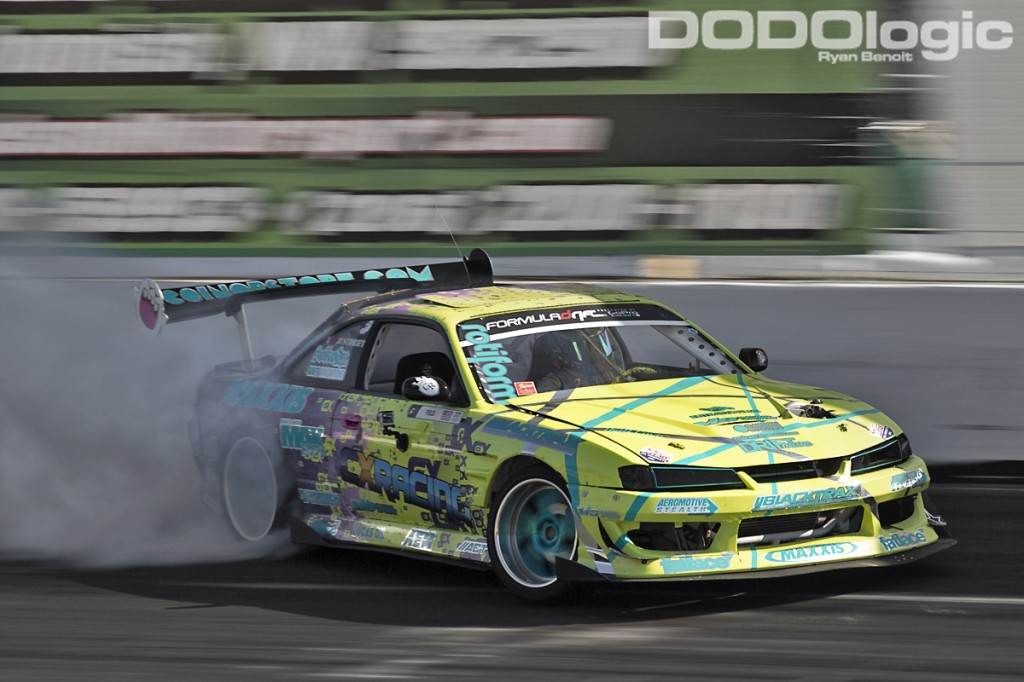 After reading a bunch of anti-American drift articles that talk about the good old days, option videos and cars chock-full of style, the answer to “Did America/Formula D kill drifting?” became very clear… of course it didn’t. In order for Formula D to kill drifting in America, it would have to be the only type of drifting in America. Newsflash: it isn’t.
After reading a bunch of anti-American drift articles that talk about the good old days, option videos and cars chock-full of style, the answer to “Did America/Formula D kill drifting?” became very clear… of course it didn’t. In order for Formula D to kill drifting in America, it would have to be the only type of drifting in America. Newsflash: it isn’t.
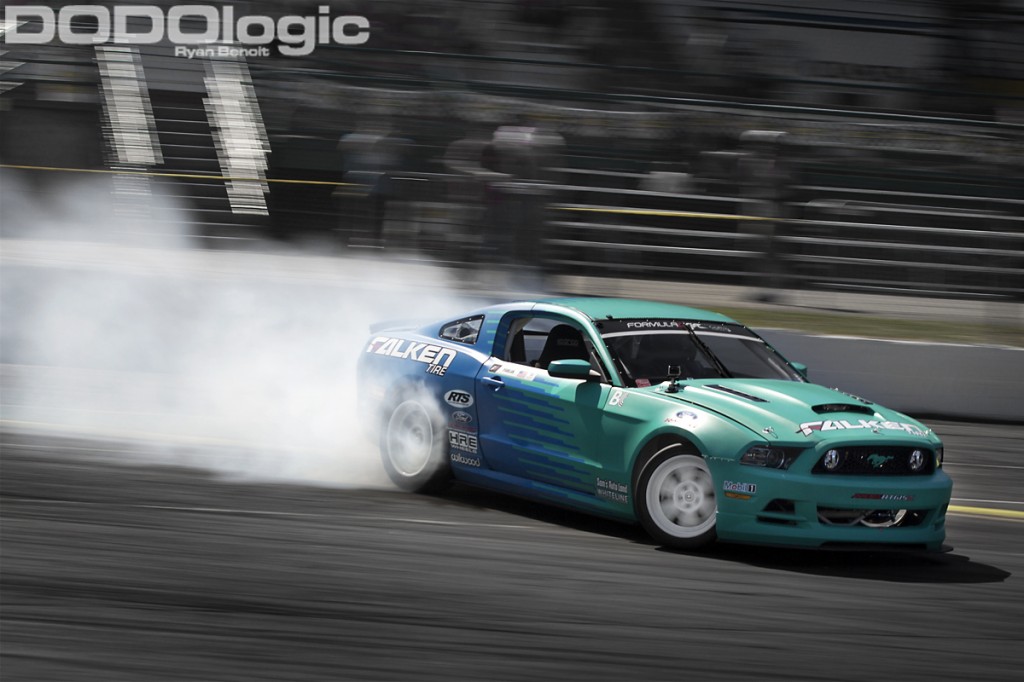 I can agree that Formula D isn’t as pretty as it once was and yeah, I’m always jonesing for things to be more Japanese. But these blanket blame articles are misinformed and miss the point entirely. Drifting has grown. It’s no longer a sapling that follows one linear path; it’s become a full-fledged oak tree with numerous branches. Formula D is only one of those branches.
I can agree that Formula D isn’t as pretty as it once was and yeah, I’m always jonesing for things to be more Japanese. But these blanket blame articles are misinformed and miss the point entirely. Drifting has grown. It’s no longer a sapling that follows one linear path; it’s become a full-fledged oak tree with numerous branches. Formula D is only one of those branches.
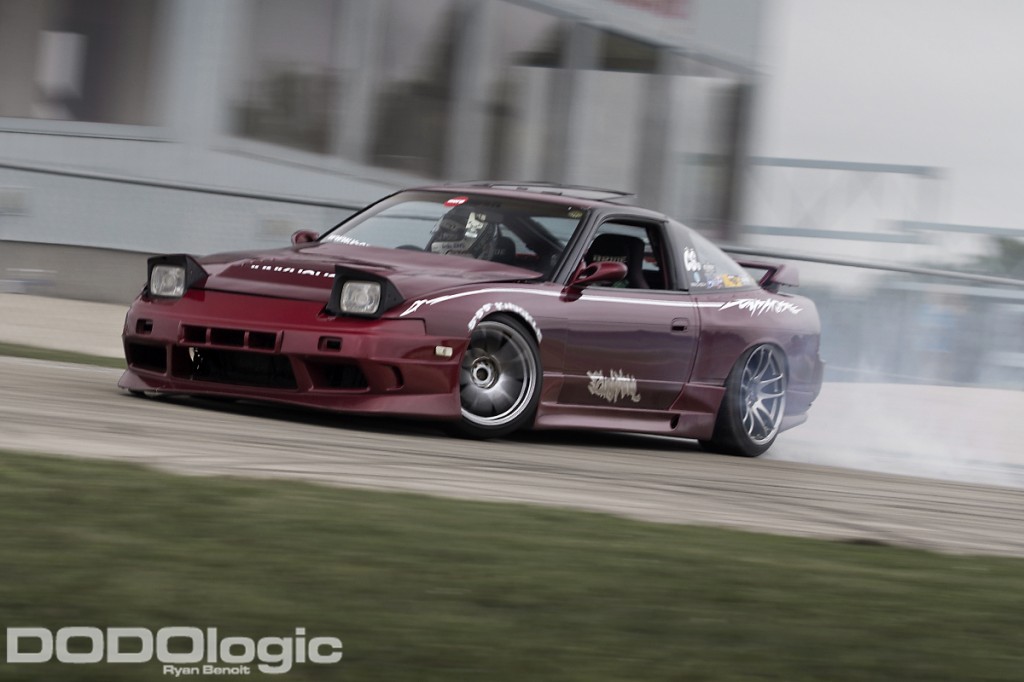 Drifting in North America is alive and well. It’s more popular than ever. And if Formula D doesn’t get you going, then find a new branch – one that better suits you. There are plenty of fun grassroots events with amazing cars packed full of that style that many articles claim is dead.
Drifting in North America is alive and well. It’s more popular than ever. And if Formula D doesn’t get you going, then find a new branch – one that better suits you. There are plenty of fun grassroots events with amazing cars packed full of that style that many articles claim is dead.
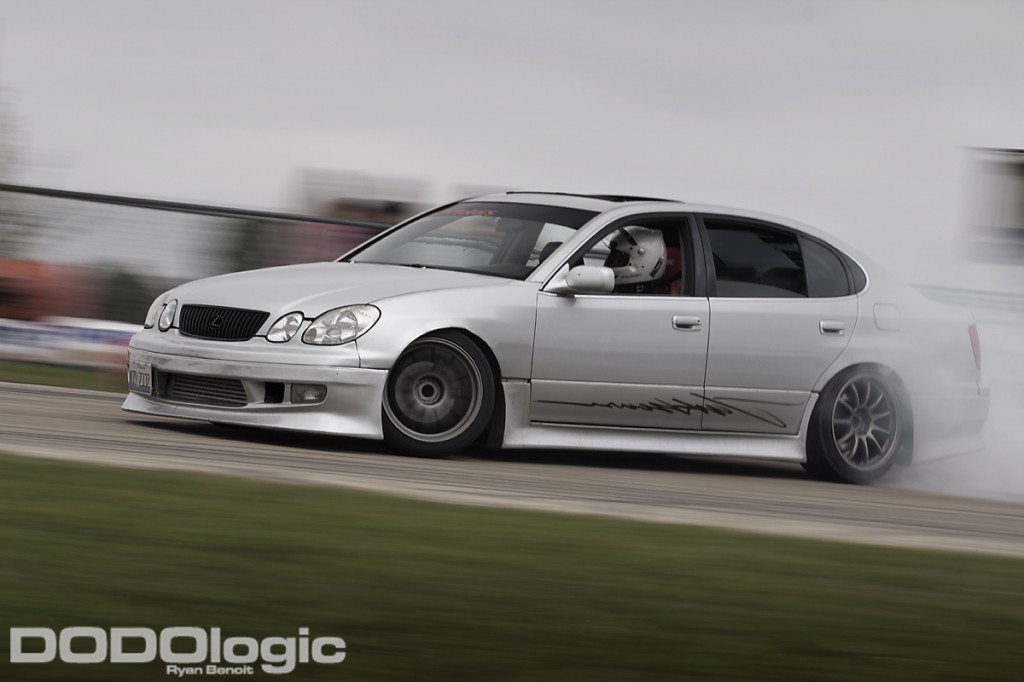 Like I said, the old ‘me’ would have given almost anything to tour with the Formula D circuit. But present-day Ryan would rather be at events like the Drift Union Invitational in Penticton or buying a plane ticket to Chicago for Final Bout. These events prove that style and substance are still the meat and potatoes of drifting.
Like I said, the old ‘me’ would have given almost anything to tour with the Formula D circuit. But present-day Ryan would rather be at events like the Drift Union Invitational in Penticton or buying a plane ticket to Chicago for Final Bout. These events prove that style and substance are still the meat and potatoes of drifting.
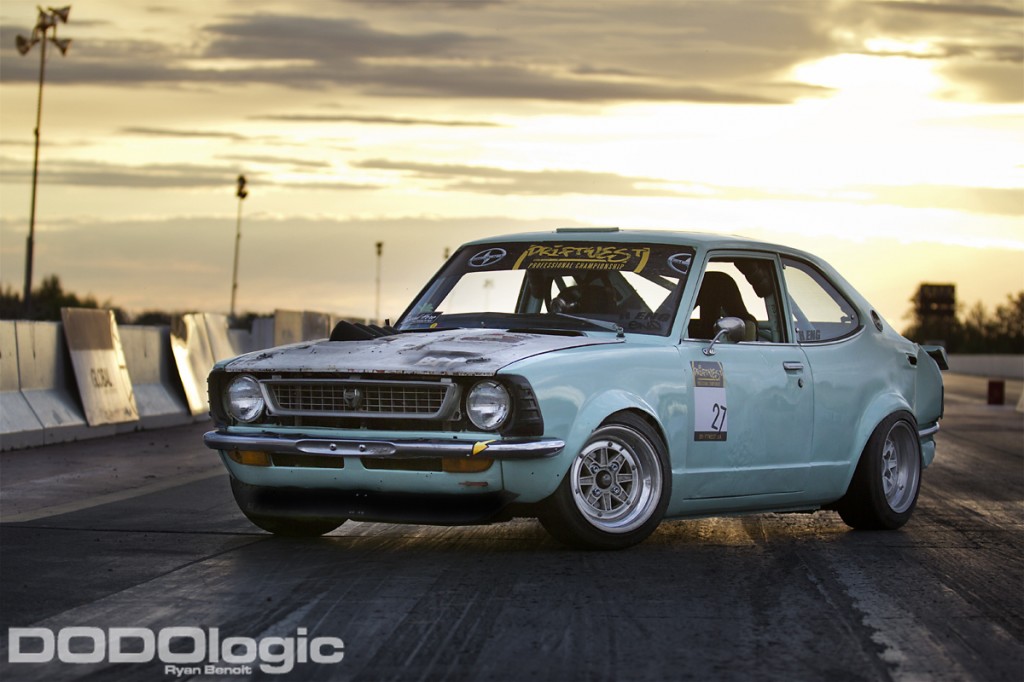 This isn’t a new idea or trend. In fact, grassroots drifting has always brought more traffic to DODOlogic than Formula D. So in some ways that’s all the proof we need – no misconstrued opinions, just facts. In the four years of our existence, our audience has been interested in the styles and dedicated to the part of the sport that the naysayers are convinced are dead.
This isn’t a new idea or trend. In fact, grassroots drifting has always brought more traffic to DODOlogic than Formula D. So in some ways that’s all the proof we need – no misconstrued opinions, just facts. In the four years of our existence, our audience has been interested in the styles and dedicated to the part of the sport that the naysayers are convinced are dead.
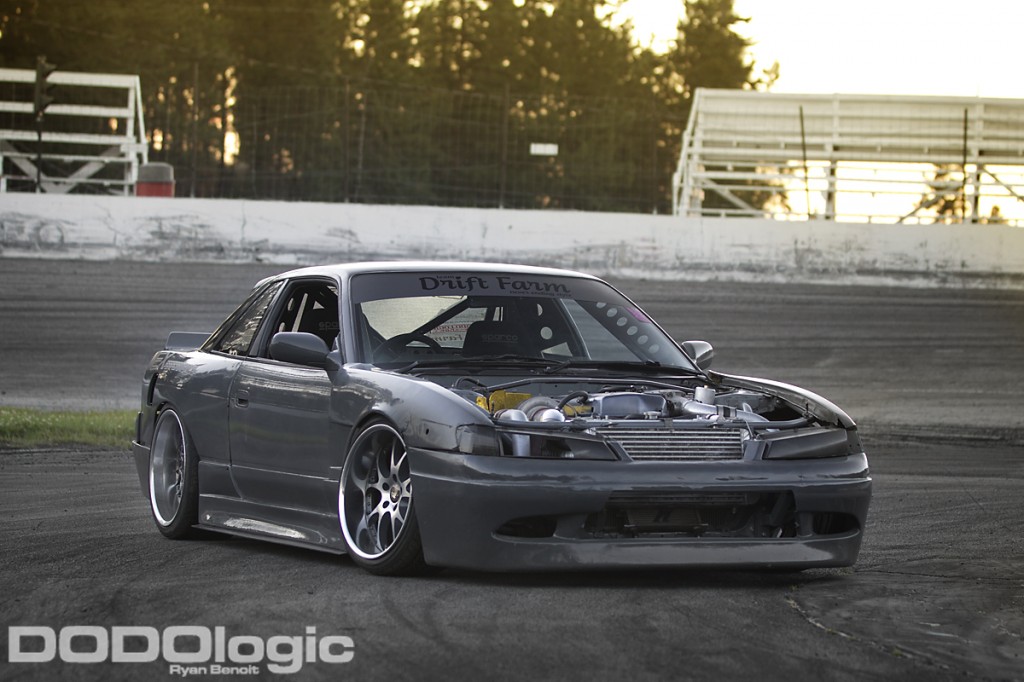 Like it or not, Formula D isn’t going anywhere. Over the last 11 years they’ve earned their stripes and proven that drifting isn’t a fad. Now it’s up to us to keep on proving that drifting is more than just Formula D.
Like it or not, Formula D isn’t going anywhere. Over the last 11 years they’ve earned their stripes and proven that drifting isn’t a fad. Now it’s up to us to keep on proving that drifting is more than just Formula D.
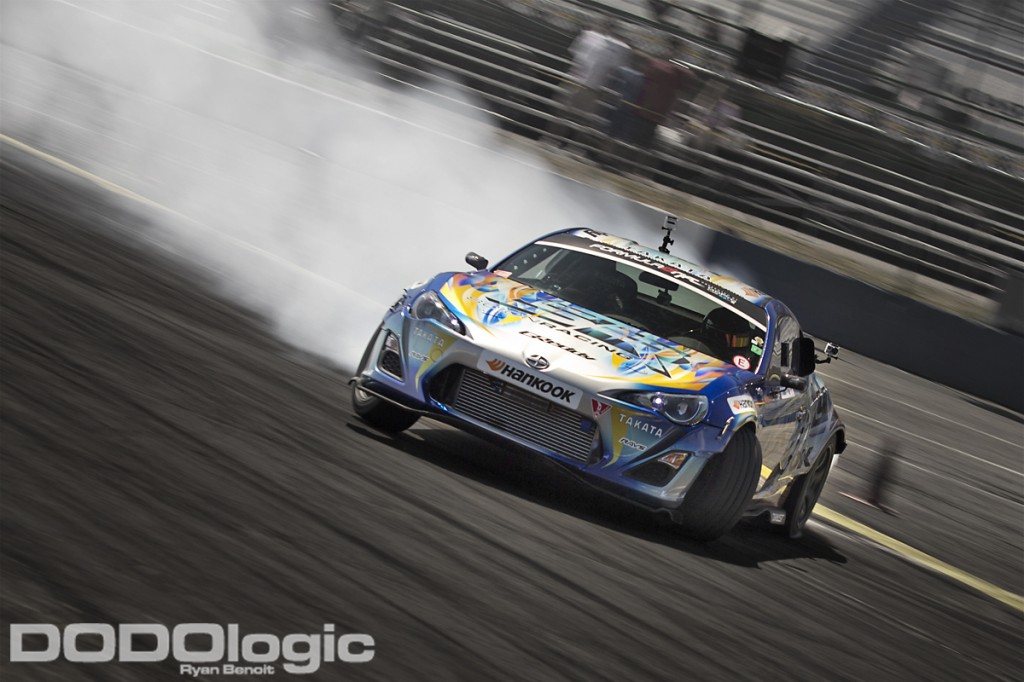
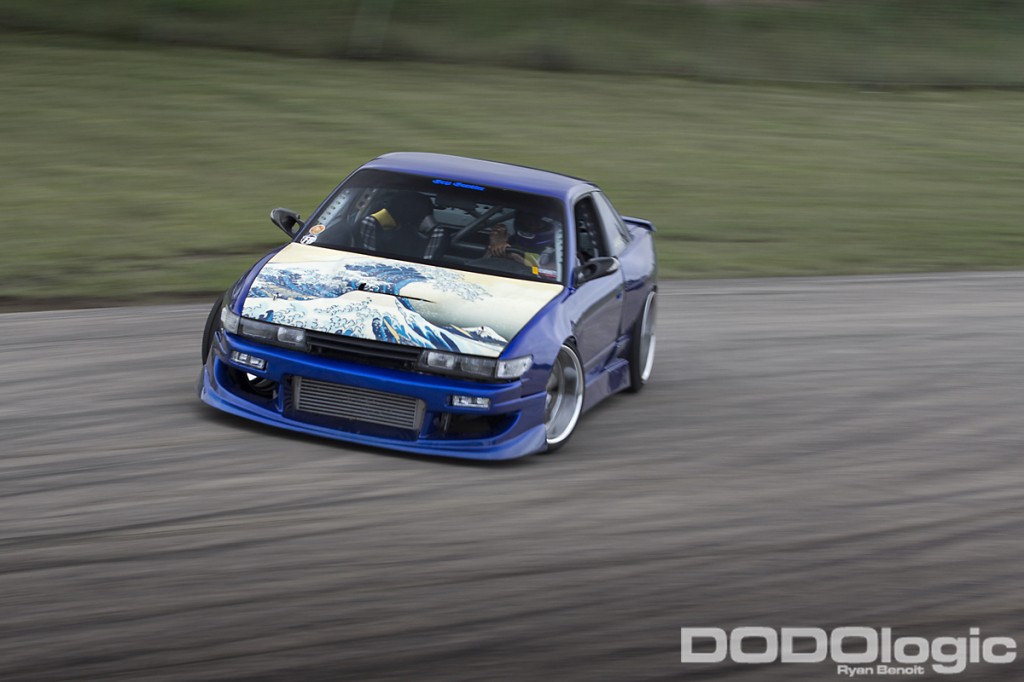
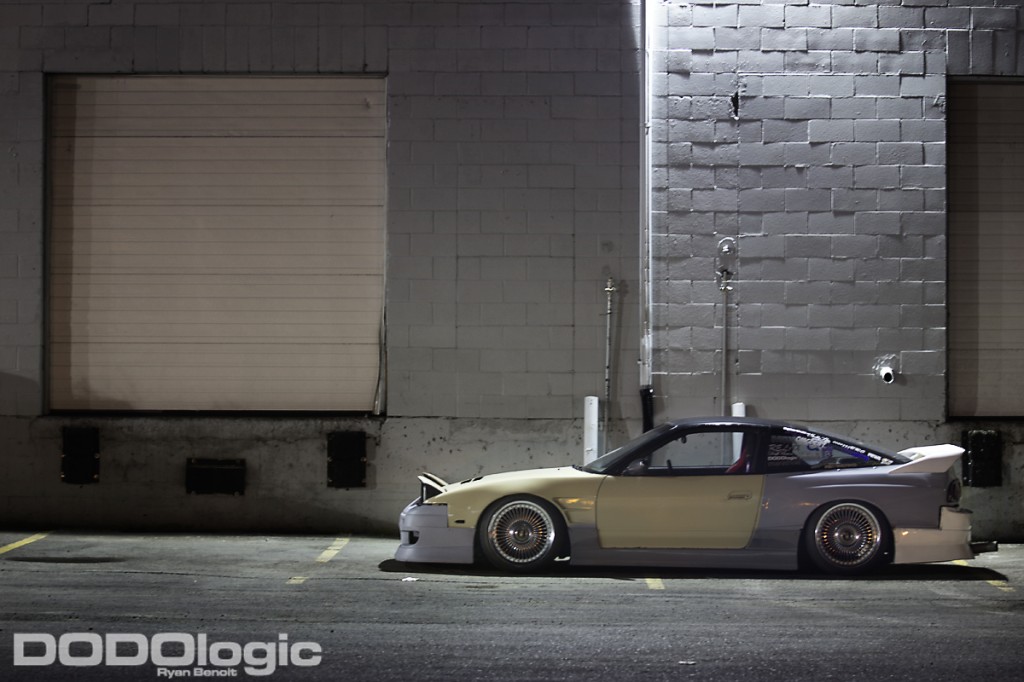
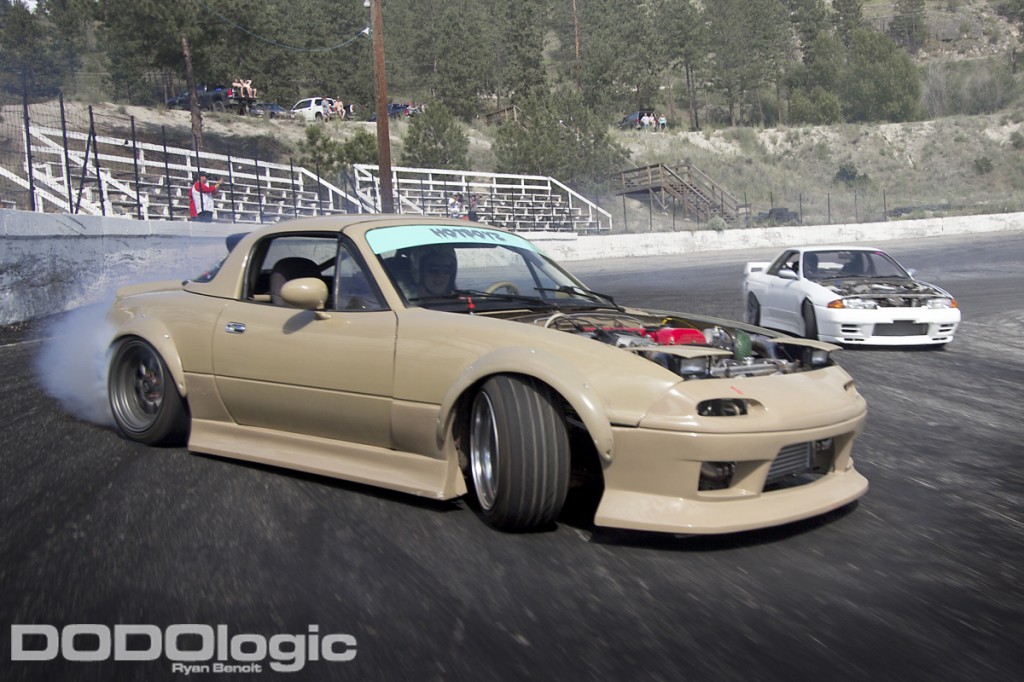
Whoah, whoah, whoah! Just to be clear, I am not pointing fingers on who ruined what. I was simply putting my thoughts into words. You can re read the article, the only specific I brought up were D1GP, Tsuchiya, and Option videos.
Now, if people think that I’m talking about a specific company/fad/person then that means, wether you like it or not, is guilty of this issue I brought up.
Why are we even talking about this? Formula D is amazing, on live stream it dulls it down abit, but put one or two of thoses cars at a grass roots event and you will have your mind blow. Big lips, zero ground clearance and areo are sick, but that not all there is to style. Walk through the pits and look at the paint, the engine setups its mind blowing. A good setup isnt always leaf scrape low.
Drifters in competition need to have a lot closer proximity to their opponents and stop trying to just win a drag race. If the leader sees the chased not following close enough from the start the leader needs to let the chaser keep up and stay closer so that the judges can see how good the chaser is at holding their angle and the transition smoothness that initiated while following the leader. Drifting is about mimicking and gaining on an opponent and then back tracking slightly to allow transitions to take place. Hitting clipping points is just easier tojudge. Look at japanese drifting with high HP cars playing leader , THEY LET THE UNDERPOWERED CATCH UP SO THERE IS AN ACTUAL BATTLE, NOT JUST TO WIN POINTS.
I agree with David. I think the whole debate about formula drift being “ruined” is just because the whole horse power battle, who has the biggest motor and blah blah blah. I have mixed emotions. I like the fact that drifting is literally becoming the highest horsepower Motorsport out there. The cars are insane, and to put 900hp in a 240 is beyond anything anyone would have thought a few years back. However I feel like it takes away from the true meaning of drifting, which is where I agree with david^. People don’t realize that we were running these same tracks years ago with 300hp cars. Stock ae86 with nitrous. Now watching interviews with people saying “I’m only making 800hp this year, I don’t know how easy I’m gonna make it around the track.”
I love it and I hate it, but my opinion doesn’t matter, it’s not gonna change. I once thought it would be a great goal to make it into formula drift, but I don’t and won’t have funds to build a car like that.
It just sucks now even pro am events have these people thinking they need. Million horse… *sigh
It is what it is. Do what u like, and remember drifting is still fun
I think as much as we hate Formula D for being this untouchable, seemingly impossible to compete in series (due to big money cars/sponsors) .. it has done what grassroots events could not – which is promote drifting on a large scale. Due to this, I’d have to say that the positive effects of FD as a whole have outweighed the negatives. It has given tracks a different view on the skidding around of ratty looking cars and it can now be viewed as a legitimate reason to shut down a track for the day and host a bunch of people throwing cars around a track in a willy nilly manner. I think its the same argument of “did ken block ruin rally?” – he promotes the sport in ways original drivers never could, so in that regard – I would say Formula D is a good thing, it leads the way for more grassroots events through the legitimacy of the sport in the public eye.